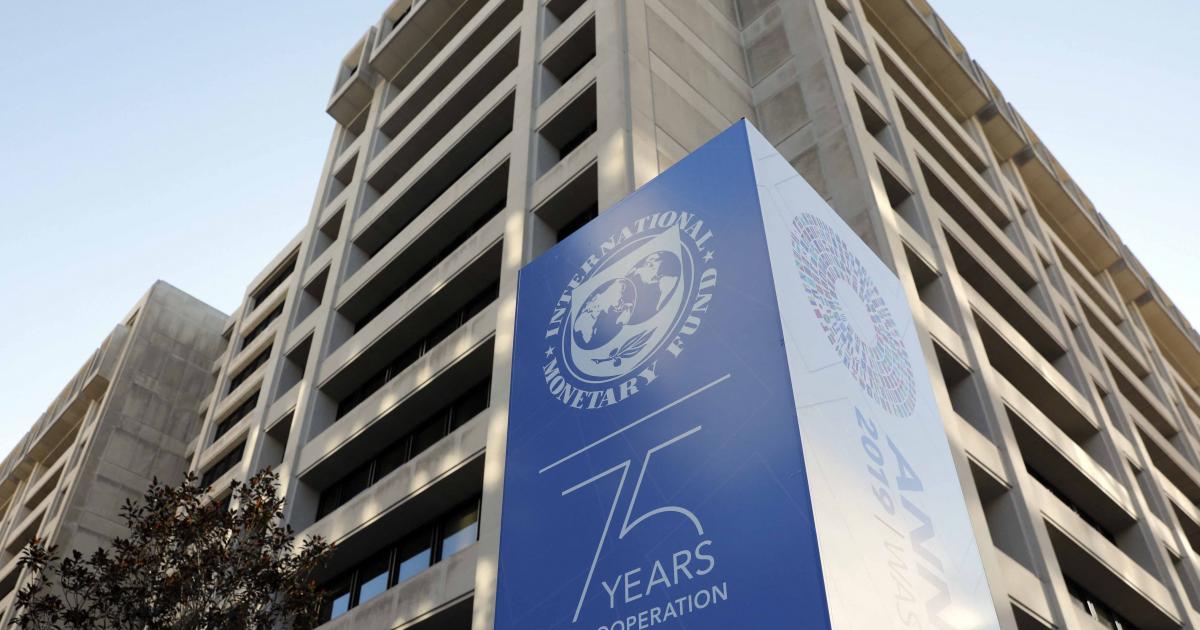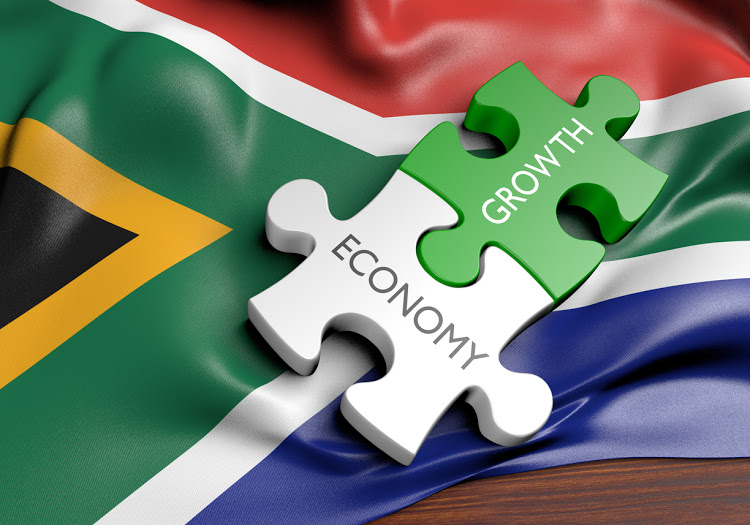- Power Generation Returns to 4,000MW as Hydro Plants Recover
The nation’s power generation has returned to the 4,000 megawatts mark following the recovery in the output of hydropower plants and a few thermal plants.
The nation generates most of its electricity from gas-fired power plants, while output from hydropower plants makes up about 30 per cent of total generation.
Generation from Kainji, Jebba and Shiroro hydro plants fell to 173MW, 210MW and 205MW, respectively as of 6am on November 25 from 403MW, 340MW and 295 on November 23.
The total generation, therefore, dropped from 4,077.8MW on November 23 to 3,662.6MW on November 25, according to the latest data obtained from the Federal Ministry of Power, Works and Housing on Thursday.
But the generation rose to 4,016.1MW on November 28 from the 3,828.2MW recorded the previous day, buoyed largely by the increase in the output from Kainji, Jebba and Shiroro hydro plants, which generated 382MW, 326MW and 199MW, respectively that day.
Electricity generation from Egbin, the nation’s biggest power station, stood at 513MW on November 28, compared to the 1,085MW achieved on March 15, 2016. The plant has an installed capacity of 1,320MW, consisting of six units of 220MW each.
Six power plants, including Sapele I and Alaoji II, were not generating any megawatt as of 6am on November 28.
Other idle plants were Gbarain II, AES, ASCO and Rivers IPP, according to the ministry.
Sapele’s ST1 unit was said to have tripped on low drum level; the ST2 out on maintenance; the ST4 and 5 awaiting major overhaul; and the ST6 tripped on gas control valve not following reference point.
Units GT1 and 2 of Alaoji tripped due to low gas pressure; the GT3 was shut down due to generator air inlet filter trouble, and the GT4 out on maintenance.
Gbarain’s GT2 unit was out due to heater problem; the AES, out of production since November 27, 2014; ASCO’s GT1 was shut down due to leakage in the furnace, and the Rivers IPP, out of production since November 16, 2016.
The nation’s power grid has suffered 24 collapses, 15 of which are total and nine, partial, so far this year.
Unutilised generation capacity stood at 2,281MW due to gas constraint (810MW), line constraints (234MW), frequency management occasioned by the electricity generation companies’ load demand (1,287MW) and water management (150MW).
In October, the Managing Director/Chief Executive Officer, Niger Delta Power Holding Company, Mr. Chiedu Ugbo, said the power plants built under the National Integrated Power Project scheme had suffered from load rejection by the Discos.
Meanwhile, the Executive Director, Research and Advocacy of the Association of Nigerian Electricity Distributors, Mr. Sunday Oduntan, said last month that the capacity of the distribution network had increased to 6,200MW.

 Forex3 weeks ago
Forex3 weeks ago
 Naira3 weeks ago
Naira3 weeks ago
 Billionaire Watch2 weeks ago
Billionaire Watch2 weeks ago



 Naira3 weeks ago
Naira3 weeks ago






 Naira2 weeks ago
Naira2 weeks ago




 Naira1 week ago
Naira1 week ago




 Naira4 weeks ago
Naira4 weeks ago






 Naira1 week ago
Naira1 week ago
























